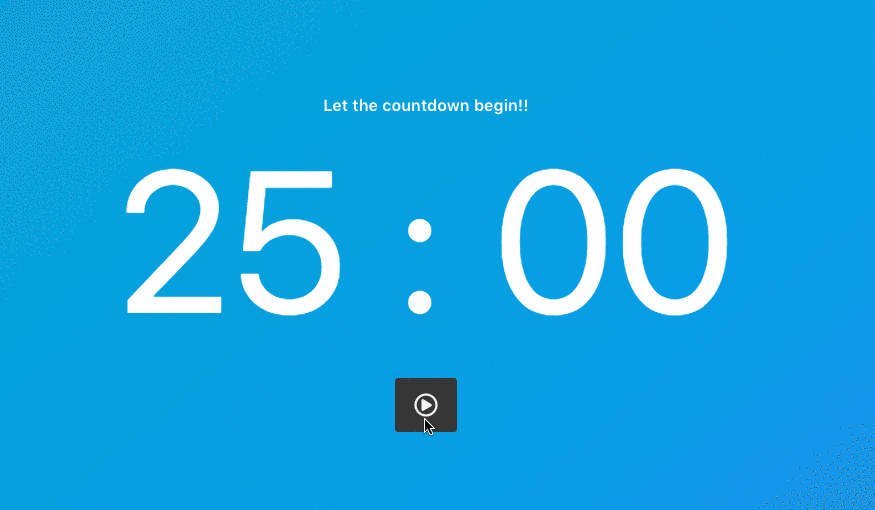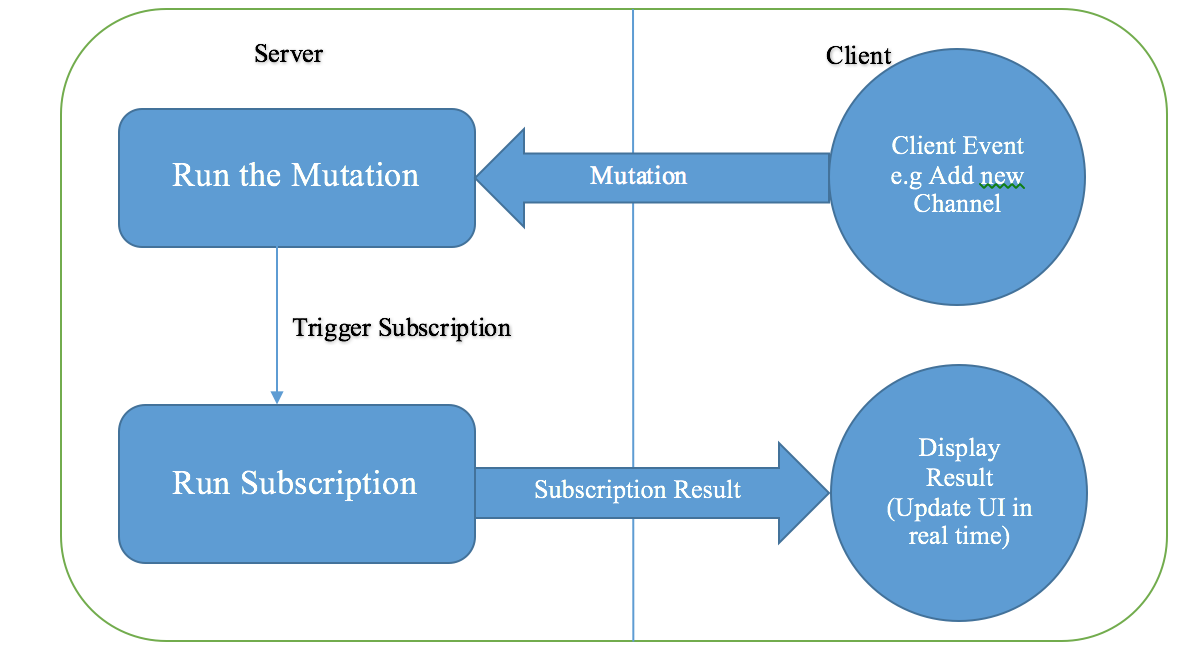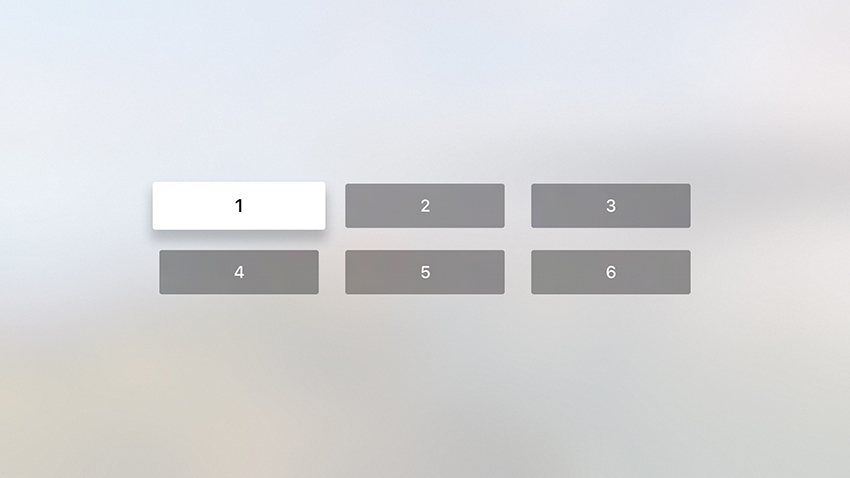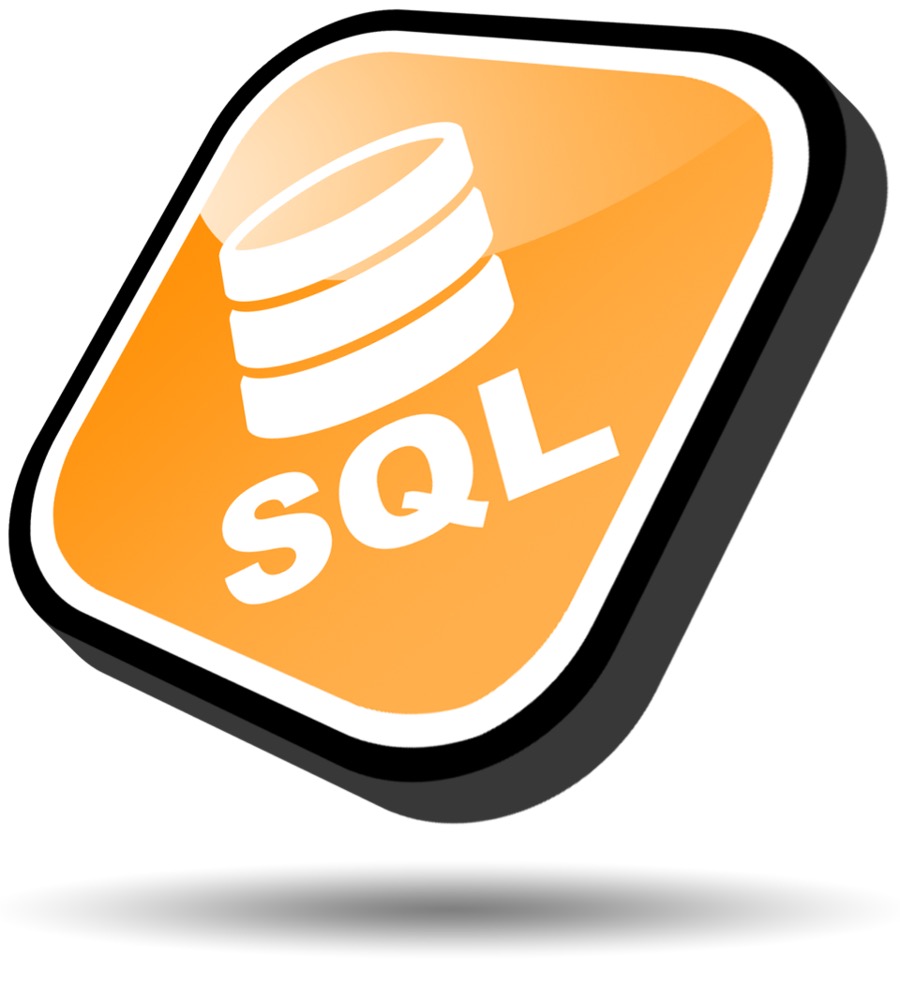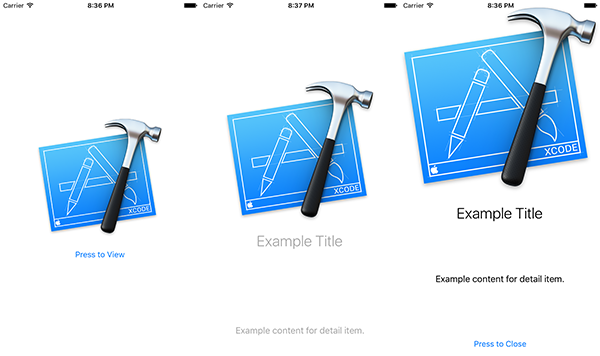Posted · Category: Tools Keeping a small business running is hard work. You have projects to negotiate, emails to answer, and deadlines to meet. You have to find the time to explore new trends and methods. Sometimes, you have to take whatever time it takes to learn how to use new tools of your trade… Continue reading Web Designers, Stop Wasting Time on Billing and Accounting When You Don’t Have Too
Tag: returns
Build A Pomodoro Timer ― Scotch
Last week on the code challenge #5 we looked at building a movie player using a provided API. Here is the solution to the challenge built with Vue.js. This week we’ll be building a Pomodoro timer. A Pomodoro timer is a time management tool which breaks down task completion time into intervals of about 25… Continue reading Build A Pomodoro Timer ― Scotch
Creating GraphQL Subscriptions in Express ― Scotch
Introduction This section focuses on creating realtime applications using GraphQL, and the best way to achieve that is through subscriptions. The code in this section is a continuation of Part 1 of this series, and I would advise going through it before moving forward. This is a critical and essential part to future implementation of… Continue reading Creating GraphQL Subscriptions in Express ― Scotch
Beginner’s Guide to Angular: Services
Hello there! I hope you’ve followed along with our tutorials on Angular components and routing. In this post, we’ll go on to another interesting concept in Angular: services. Angular Beginner’s Guide to Angular: Components Divya Dev Angular Beginner’s Guide to Angular: Routing Divya Dev If Angular components are the presentation layer of our application, what… Continue reading Beginner’s Guide to Angular: Services
Processing Incoming Request Data in Flask ― Scotch
In any web app, you’ll have to process incoming request data from users. Flask, like any other web framework, allows you to access the request data easily. In this tutorial, we’ll go through how to process incoming data for the most common use cases. The forms of incoming data we’ll cover are: query strings, form… Continue reading Processing Incoming Request Data in Flask ― Scotch
TypeScript for Beginners, Part 2: Basic Data Types
* { box-sizing: border-box; } body {margin: 0;}*{box-sizing:border-box;}body{margin-top:0px;margin-right:0px;margin-bottom:0px;margin-left:0px;} After reading the introductory TypeScript tutorial, you should now be able to write your own TypeScript code in an IDE that supports it and then compile it to JavaScript. In this tutorial, you will learn about different kinds of data types available in TypeScript. JavaScript has seven… Continue reading TypeScript for Beginners, Part 2: Basic Data Types
6 Pillars of Excellent Web Design
With the periodic changes to Google’s search algorithm, the methods of ranking that might have worked in the past are often abrogated – but that just means you have to find the ones that still provide returns and build on them. Additionally, in the ever-changing expanse of cyberspace, you must take the time to familiarize… Continue reading 6 Pillars of Excellent Web Design
5 Steps to Create Your Own e-Commerce Site from Scratch
Being a designer nowadays goes hand in hand with staying up-to-date with technology; owning a high-spec PC or Mac is quintessential and knowing every Photoshop and Illustrator shortcut like the back of your hand is a given. Yet building your own website from scratch in order to showcase or even sell your work is a… Continue reading 5 Steps to Create Your Own e-Commerce Site from Scratch
Applying artistic facial effects to images on the fly
Ever wished you could add snapchat like effects on your images? Good news is, you actually don’t need extensive training or specific face detection skills to get started. All you need is Cloudinary. Cloudinary is a cloud-based image management solution that gives you the power to upload, store, manipulate, optimize and deliver images. It also… Continue reading Applying artistic facial effects to images on the fly
Get Started With Firebase for Android
Mobile applications need a back-end server in order to perform tasks such as authenticating users and synchronizing user data across multiple devices. Creating such a server, however, requires a skill set that most independent app developers lack. Fortunately, there are several back-end as a service platforms, often called BaaS, you can use today. Google’s Firebase… Continue reading Get Started With Firebase for Android
Taking Control of the tvOS Focus Engine
Introduction On iOS, users normally interact with your apps via the device’s touch screen. On tvOS, however, user interaction is handled by moving the current focus between views on the screen. Luckily, the tvOS implementations of the UIKit APIs handle the changing of focus between views automatically. While this built-in system works very well, for specific… Continue reading Taking Control of the tvOS Focus Engine
WP REST API: Internals and Customization
In the previous part of the series, we learned about creating, updating, and deleting content remotely through the WP REST API. It allows us to create platform-independent applications that work seamlessly with a WordPress powered back-end, providing a rich experience to the user. In the current part of the series, we will take a look at… Continue reading WP REST API: Internals and Customization
Learn SQL
Every web developer should know SQL. Although it has been around since the 70s, it is still widely used, and you can’t build a serious application without it. Most full-stack frameworks have libraries for dealing with the SQL complexity – ActiveRecord, Doctrine, Hibernate and more. But often times you need to get your hands dirty and write low-level… Continue reading Learn SQL
How to Create Custom View Controller Transitions and Animations
Introduction UIKit is a very powerful framework and provides various ways to transition between view controllers. Some of the animations provided by UIKit include horizontal sliding (via a push segue), vertical sliding, cross fade, and page curl. Sometimes, however, you need to have a custom transition between view controllers to create a compelling design or… Continue reading How to Create Custom View Controller Transitions and Animations
Add a Custom Column in WordPress Posts and Custom Post Types Admin Screen
In this tutorial we will see how to add a new column to the WordPress Posts management screen and in this column we will show the Featured Image of each Post. This new column will also be added in the management screen of any active Custom Post Type. Step 1. Activate Featured Images In this… Continue reading Add a Custom Column in WordPress Posts and Custom Post Types Admin Screen

